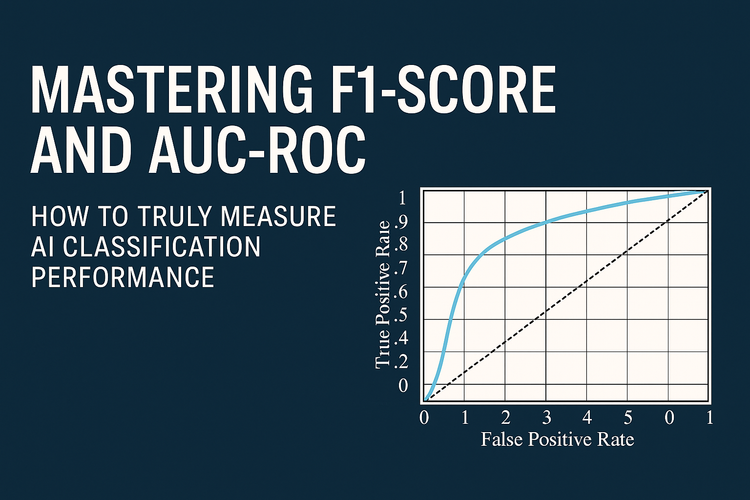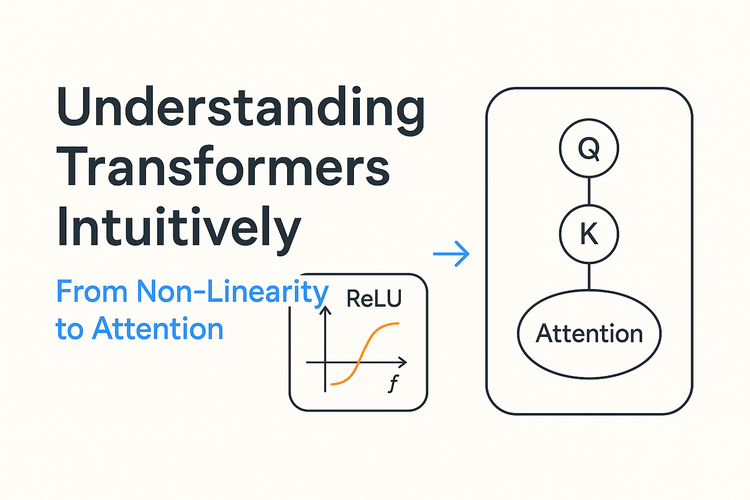Implications of Small Chunk Sizes in Large Document Retrieval

Introduction
One of the most important factors in effective retrieval is chunk size. According to Pinecone:
- Small chunks (128 tokens) improve retrieval precision but may lack sufficient context.
- Larger chunks (512+ tokens) provide more context but can dilute relevance if a query matches only part of the chunk.
- A hybrid approach—chunk ensembling—combines multiple chunk sizes to balance precision and contextual understanding.
128 Tokens vs. Multi-Thousand-Page Documents
Dividing a massive text into 128-token chunks creates an enormous number of segments. A multi-thousand-page document can contain millions of tokens, meaning that 128-token chunks result in tens of thousands of fragments. This extreme granularity ensures each piece is small enough for embedding and retrieval, but it also means the document’s content is highly fragmented.
For instance, a 1,500-page document (~1 million tokens) will have thousands of 128-token chunks. This level of chunking isolates information into fine-grained pieces, ensuring retrieval models can match precise facts. However, the trade-off is that context gets split across chunks, making it harder for the model to understand full passages if a single chunk does not contain enough surrounding information.
While smaller chunks improve retrieval accuracy, they also increase the number of queries and the complexity of retrieval, which can slow down performance if not optimized properly. In response, many AI developers use hybrid chunking strategies, where they retrieve both small and large chunks and re-rank results to find the best match.
Performance Trade-Offs of Using Small Chunks
Using many small chunks has both benefits and drawbacks:
Pros:
✅ Better retrieval accuracy – Each chunk is tightly focused, improving semantic similarity when searching for precise facts.
✅ Granular control – Small chunks allow fine-tuned relevance scoring, ensuring that even minor details can be retrieved accurately.
✅ Flexible recombination – Smaller chunks can be combined dynamically to reconstruct larger sections only when needed.
Cons:
🚫 Increased retrieval load – More chunks mean larger vector indexes and higher retrieval costs in large-scale databases.
🚫 Loss of contextual understanding – Small chunks can cause disjointed retrieval, where related concepts are spread across multiple fragments.
🚫 Longer processing time – If retrieval requires multiple chunks to reconstruct a complete answer, latency increases.
Mitigation Strategies to Balance Speed & Accuracy
To counteract the downsides of small chunking, developers optimize retrieval pipelines with these techniques:
1. Parallel and Distributed Retrieval
Instead of retrieving one chunk at a time, systems parallelize retrieval, allowing multiple segments to be processed simultaneously. Large-scale vector databases (e.g., FAISS, Pinecone, Weaviate) optimize for this scenario, using sharded indexing to reduce latency.
2. Efficient Indexing with Approximate Nearest Neighbor (ANN) Search
Rather than scanning thousands of vectors, ANN-based techniques (e.g., HNSW, IVF) quickly narrow down relevant chunks, improving speed without losing retrieval accuracy.
3. Hierarchical Retrieval Pipelines
Instead of searching all chunks globally, systems use a two-step retrieval approach:
- Coarse retrieval: Identifies the most relevant document sections using keyword search or metadata filtering.
- Fine retrieval: Runs a vector similarity search within those relevant sections, limiting unnecessary comparisons.
4. Chunk Ensembling and Re-Ranking
Many retrieval systems ensemble multiple chunk sizes to balance precision and context:
- Small chunks (128-256 tokens): Improve accuracy for fact-based queries.
- Larger chunks (512+ tokens): Provide broader context for reasoning tasks.
- Re-ranking: The system scores both small and large chunks, returning the most contextually complete result.
Small vs. Large Chunks: Retrieval Efficiency
Small Chunks (128 tokens)
✔ High precision – Matches exact query intent.
✔ Best for pinpoint retrieval – Ideal for fact extraction.
❌ Loses context – Lacks surrounding information.
❌ Requires multiple queries – If answers are spread across chunks, more retrieval steps are needed.
Large Chunks (512-1024 tokens)
✔ Provides full context – Captures entire paragraphs or sections.
✔ Fewer retrieval steps – A single retrieval may be enough.
❌ Less precise matching – The query may get lost in a larger embedding.
Impact of Increasing LLM Context Windows
As LLM context windows grow (e.g., 100k+ tokens in models like Claude 2), chunking strategies will evolve:
- Larger Chunks Become Feasible – Instead of indexing 128-token chunks, models will handle full sections (5000+ tokens) per retrieval.
- Document-Level Retrieval – If an LLM can process an entire document, retrieval will focus on finding the right document instead of retrieving small fragments.
- Hybrid Approaches for Scalability – While larger models reduce the need for aggressive chunking, retrieval filtering will still be necessary to prevent unnecessary token usage and latency issues.
Will Chunking Still Be Necessary?
Even with expanded LLM contexts, chunking will still play a role because:
- Efficient token usage is critical – Sending entire documents into an LLM is expensive and slow.
- LLMs still need relevance filtering – Models perform best when provided only the most pertinent data.
- Long-form attention weaknesses – Large contexts still suffer from position bias, where the model may ignore middle-segment information.
Thus, smart chunking and retrieval will remain crucial for performance and cost efficiency, even as context sizes grow.
Hybrid Retrieval in Large-Chunk Scenarios
In future LLMs with large context windows, retrieval strategies will shift toward hybrid approaches:
- Keyword search (BM25) + Vector retrieval: Ensures both exact phrase matches and semantic similarity.
- Multi-resolution indexing: Stores both small and large chunks to optimize different query types.
- Dynamic chunk merging: Retrieves multiple small chunks and stitches them into a single coherent response.
Conclusion
🔹 Smaller chunks (128 tokens) improve precision but increase retrieval complexity.
🔹 Larger chunks (512+ tokens) retain context but may dilute retrieval accuracy.
🔹 Hybrid retrieval (multi-scale chunking + re-ranking) provides the best balance.
🔹 As LLM context sizes increase, retrieval shifts from fine-grained passage selection to document-level filtering.
Bottom Line: While chunking strategies will evolve with larger models, efficient retrieval remains key—ensuring AI fetches the right information at the right time without overwhelming context windows.





